In Jinja, drug use among children, rich and poor, rural and urban, is highly prevalent. As a drug rehab psychiatric nurse, I am mostly concerned with the problem of drug dependance and abuse, that is, the use of drugs to cause harm to personal health, others and society.
Alcohol abuse in Uganda
It is important to know that in Jinja and the rest of Uganda, alcohol is by far the most widely-abused drug, causing the most harm to families and communities. Traditional brew (this is homemade alcohol, often made out of a type of bananas) can be particularly toxic. Sometimes battery acid is even added to the alcohol, to speed up the fermentation process and increase the ‘kick’ of the drink.
Increasing use of Marijuana and mafuta
The use of marijuana and mafuta (aeroplane fuel) is increasing among young people, particularly among urban children who have some little money to pay for these substances. Children on the streets often use them to help to cope up with the difficult situations they find themselves in.
Other types of substances we see abused
Khat (a green, leafy, chewable drug) production and use is traditional to the highlands of Uganda and some parts of Jinja. It was commonly used by drivers in the civil war, and grew in use amongst other communities.
A growing concern is the rise in trafficking and abuse of drug mixtures. In Jinja, drug abuse patterns are quite different from some other communities in the region. For example, the drugs can have a mixture of tobacco, hash and battery acid added in. Often, this is combined with cannabis to form a highly potent mixture known as Kagolo. This is extremely prevalent in Jinja.
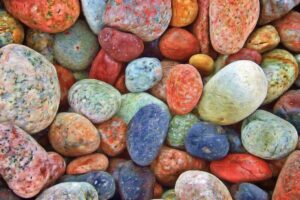
Common solvents, such as glue and fuels (like mafuta), are cheap and legal substances that are abused as drugs by the very poor, particularly those who are homeless in cities and towns. These substances, known as ‘inhalants’ are sniffed to get high. Since inhalants are available to young people in the market, school children may also come to abuse these mind-numbing substances.
Reasons for substance abuse
In Jinja, as in the rest of the world, people use drugs to alter or enhance their mood based on a variety of needs that fall broadly into two categories:
- The need to self-medicate, to try to cope or to feel better and to alleviate pain;
- Appetite and desire for pleasure or entertainment.
The need to ‘feel better’
Poorer and more vulnerable people are more likely to use drugs as an escape mechanism. This might be to ‘self-medicate’ from past and present trauma, or to try to improve their mental health.
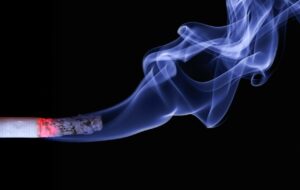
Many children and youth living and/ or working on the city streets abuse substances heavily on a daily basis to make themselves feel better, to be closer to their friends by taking drugs together and to separate themselves from extremely challenging circumstances. Home may be a very hostile, unhealthy place from which they may want to escape through drugs. If you work with these young people, you know that there are many reasons why they want to get high and they will generally start to use any drugs that are available to them. Some may become involved in petty drug trading, but the bulk of this business is controlled by adults.
There are many reasons for this increase in drug use throughout the region. One key factor is the stress of economic hardship, alongside the breakdown of traditional systems of community and family support. In the past, community support might have helped individuals to meet their needs in healthier ways, and in some communities this breakdown of support is much greater because of armed conflict. War goes hand-in-hand with drug abuse because terrible stresses increase the need for self-medication – among both the fighters and the civilian population.
Many children may have turned to drugs after moving to the city. Seeking a more prosperous life, they can be confronted by the stark reality of poverty. Drugs offer temporary relief and for example making you stop feeling hungry when you stomach is empty.
The culture of abuse
In Jinja, as elsewhere, drug abusers may be part of a powerful ‘culture’ where drug use is considered ‘normal’. They may come from a home tradition of social drug use, such as a community of adults who drink home brew, smoke cannabis or chew Khat as a social activity – despite the negative effects that this habit has on their health and the well-being of their families and the example they are setting for the children.
Drug use, particularly drinking, may be part of their family culture. Drunkenness, good natured or violent, may be tolerated within their family. Parental drug use is an especially powerful influence on children’s behavior.
Finally, there is what we call the ‘drug culture’ of pop music and movies. It may be useful to be aware of how powerful this drug culture is for young people to see as their role models.
A way forwards – Rehabilitation
However, let us reflect on S.A.L.V.E. International’s work in this area. With our Rehabilitation programme, we work with children to overcome these challenges. Having experienced extreme poverty, isolation, personal and familial trauma and more, our work seeks to help children feel more like children again.
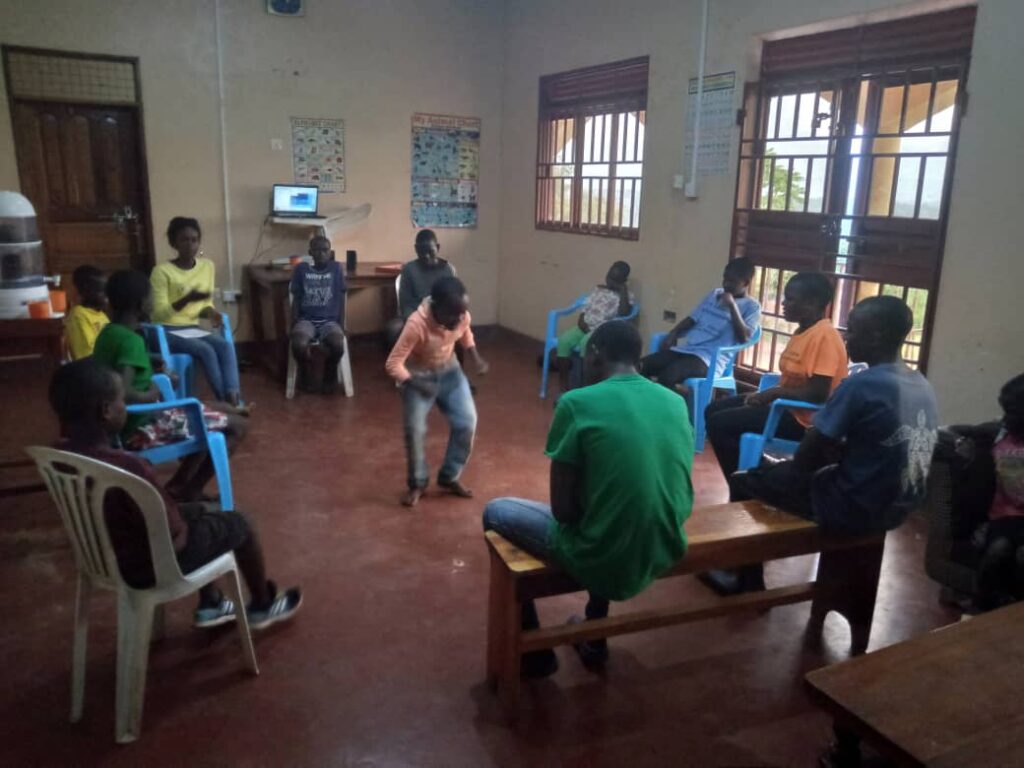
Rehabilitation, starting with our Street Outreach and leading to the Drug Rehabiliation Centre and finally to home, has had a huge impact on the young children we work with. It allows children to rebuild a close relationship with family and friends, and to regain control of their lives. Our work at S.A.L.V.E. seeks to build the confidence, belief and joy of children; to see them smile again.

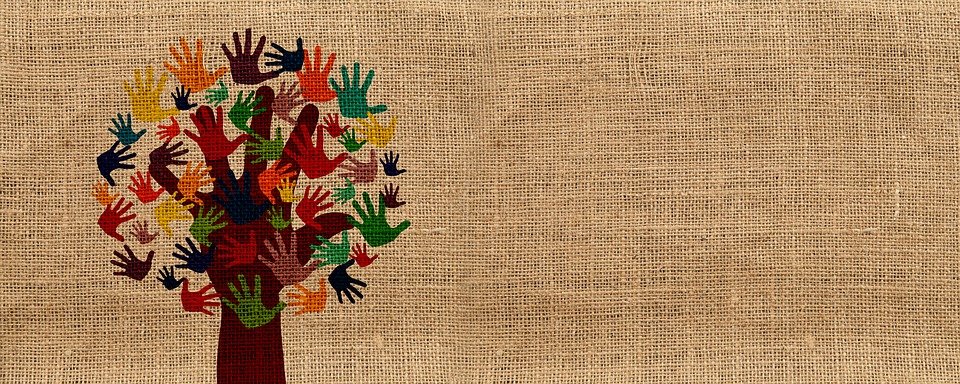

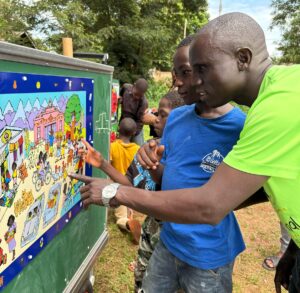
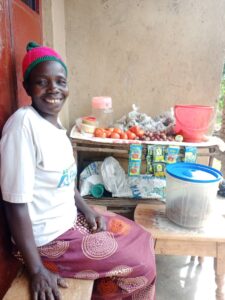
0 Comments